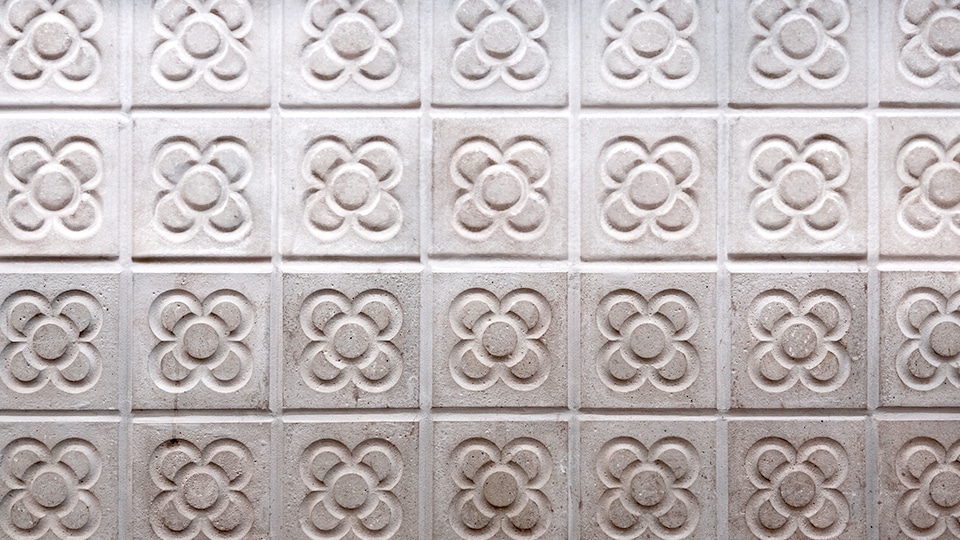Panot de Barcelona: A symbol of the city
Panot de Barcelona, Panot de flor, Flor de Barcelona or Rosa de Barcelona... is one of the most iconic images of the city. We tell you its origin!
At the beginning of the 20th century, the urbanization of the Eixample neighborhood started in a very uneven way, as each neighbor paved the 2.5 meters in front of his house with the material provided by the City Hall. This created a chaotic paving that began to cause mud problems in Barcelona.
In 1906, to put an end to this situation and the disorder of the streets, they decided to start using 20 x 20 cm concrete tiles. To this end, the Barcelona City Council held a public tender for the manufacture of the tiles to pave the city. It was finally won by Casa Escofet, which was responsible for paving the streets of Barcelona with five tile designsThe first was the flower tile, the skull tile, the concentric circles tile, the four lozenge tile and the four lozenge with four circles tile.
Today, Barcelona is paved with more than 20 different types of tiles and, despite this, only the Panot has become a true symbol of the city. symbol of the city.. It is a flower with four petals, with inverted relief and made of cement, sand and water. With its minimalist design, it is one of the most popular souvenirs in the city and a symbol that marks the Modernism Route. the Modernism RouteThe Modernisme Route, an itinerary to discover the most avant-garde and important Catalan buildings in the city, such as the Sagrada Familia, Casa Batlló, Casa Vicens and Casa Milá.
The Barcelona Modernism Route is an itinerary through the Barcelona of Gaudí, Domènech i Montaner and Puig i Cadafalch, who along with other architects made Barcelona the world capital of Modernism. With this route you will be able to know up to a total of 120 works that show that Modernism rooted strongly in the city and that today it is still a living and lived art. We invite you to make the itinerary, we are sure you will love it!
